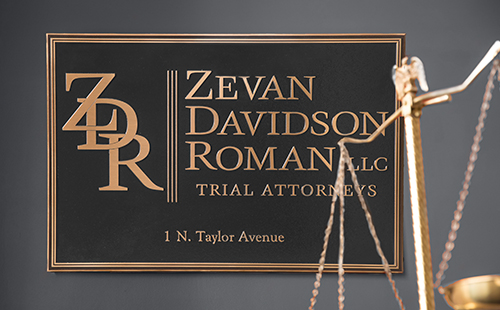The Basics of Birth Injuries
Pregnancy is a whirlwind of excitement, from the first positive pregnancy test to the delivery room. As an expectant mother, you hope your baby is healthy and happy — yet, this may not be the case. Birth injuries can occur during either pregnancy or labor & delivery, and can often be prevented with intervention from medical personnel. There is an expectation that these medical professionals will act in your best interest — and if they do not, you turn to medical malpractice lawyers to answer your questions and bring them to justice.
Birth Injuries Defined
Birth-related injuries happen when doctors, hospital staff members or other medical professionals fail to act with care. These injuries typically fall into one of three categories, including:
- Injury or death to the mother or child during pregnancy or labor & delivery.
- Wrongful birth. In this case, the parents were not informed of birth defects before delivery. There is a strong likelihood in this case that the parents would have terminated the pregnancy had they known about the conditions.
- Wrongful pregnancy. These cases involve a pregnancy that occurred even after the parents attempted to avoid or end it.
Each of these categories come with their own set of rules for who can pursue legal action and the evidence necessary to take a case to court. When it comes to an injury to a child, not all injuries will result in a valid medical malpractice claim. These injuries must be directly caused by carelessness at the hands of medical staff.
Signs of a Birth Injury
Each child is different from the last — whether you’re a new or seasoned parent, it can be difficult to pinpoint the signs of a birth injury without knowing the warning signs. The signs of birth injuries may be immediately apparent upon delivery, but some present themselves over months or years after birth.
Signs of birth injury that present shortly after delivery include:
- Need for resuscitation
- Pale or blue skin color
- Low heart rate
- Extreme irritability
- Muscle weakness or stiffness
- Slow breathing
- Nausea or vomiting
- Slowed reflexes, including slow or no suck reflex
- Seizures
Signs of a birth injury that may appear later in the child’s life include:
- Difficulty with motor skills
- Delayed or impaired speech
- Inability to sit or stand alone
- Problems eating or drinking
- Sensory delays
- Seizures
- Emotional outbursts
These injuries arise from inaction or recklessness, such as failing to properly monitor the unborn baby prior to delivery or failing to perform a timely C-section to prevent asphyxiation of the baby during labor.
When to Take Action
Time is of the essence with medical malpractice cases. In Missouri, a minor child usually has until his or her 20th birthday (or 2 years after he or she reaches the age of majority) to bring a medical malpractice claim related to a birth injury. In Illinois, the statute of limitations is 8 years after a child’s birth to file a birth injury claim. Children who have experienced medical malpractice during birth are eligible for compensation to cover their past and future medical expenses, pain, suffering and more. In order to strengthen your case, we recommend that you compile medical records, bills, photos of the injury and any questions that you may have for an attorney as soon as you discover the injury.
If you suspect a birth injury caused your child’s medical conditions, the first step toward justice is a phone call to a birth injury attorney at Zevan Davidson Roman. Our attorneys are prepared to review your case as soon as possible — contact us today to request a free consultation

